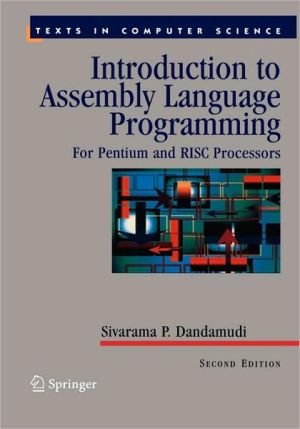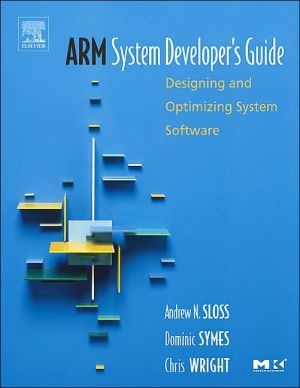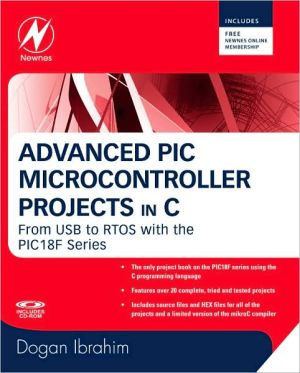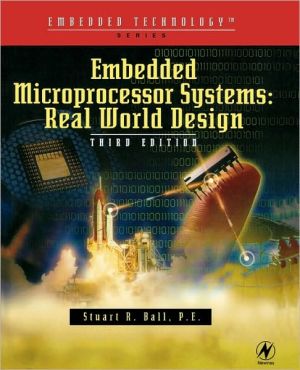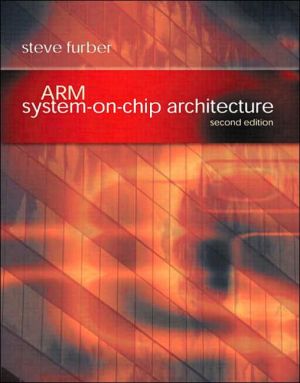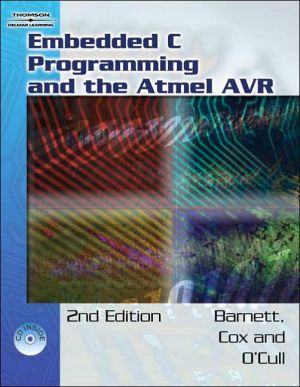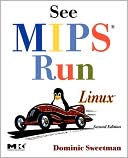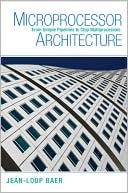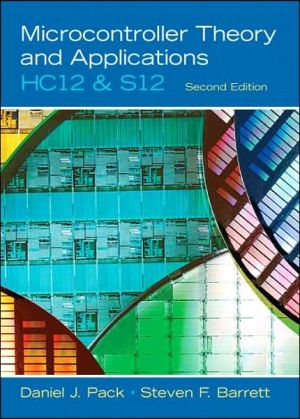Introduction to Assembly Language Programming: For Pentium and RISC Processors
"This completely revised second edition of the highly successful Introduction to Assembly Language Programming introduces readers to assembly language programming and its role in computer programming and design. It focuses on providing a firm grasp of the main features of assembly programming, and how it can be used to improve a computer's performance. The revised edition covers a broad scope of subjects and adds valuable material on protected-mode Pentium programming, MIPS assembly language...
Search in google:
Assembly language continues to hold a core position in the programming world because of its similar structure to machine language and its very close links to underlying computer-processor architecture and design. These features allow for high processing speed, low memory demands, and the capacity to act directly on the system’s hardware.This completely revised second edition of the highly successful Introduction to Assembly Language Programming introduces readers to assembly language programming and its role in computer programming and design. It focuses on providing a firm grasp of the main features of assembly programming, and how it can be used to improve a computer's performance. The revised edition covers a broad scope of subjects and adds valuable material on protected-mode Pentium programming, MIPS assembly language programming, and use of the NASM and SPIM assemblers for a Linux orientation. All of the language's main features are covered in depth. The book requires only some basic experience with a structured, high-level language.Topics and Features:*Introduces assembly language so that readers can benefit from learning its utility with both CISC and RISC processors [ NEW ]*Employs the freely available NASM assembler, which works with both Microsoft Windows and Linux operating systems [ NEW ]*Contains a revised chapter on "Basic Computer Organization" [ NEW]*Uses numerous examples, hands-on exercises, programming code analyses and challenges, and chapter summaries*Incorporates full new chapters on recursion, protected-mode interrupt processing, and floating-point instructions [ NEW ]*Supplies up-to-date details, examples, and software via the author’s website*Provides excellent appendixes and a comprehensive indexAssembly language programming is part of several undergraduate curricula in computer science, computer engineering, and electrical engineering. In addition, this newly revised text/reference can be used as an ideal companion resource in a computer organization course or as a resource for professional courses or self-study.
Pt. IOverview11Introduction32Basic computer organization19Pt. IIPentium assembly language463The Pentium processor474Overview of assembly language675Procedures and the stack1176Addressing modes1677Arithmetic flags and instructions1978Selection and iteration2399Logical and bit operations27110String processing30111ASCII and BCD arithmetic329Pt. IIIMIPS assembly language34512MIPS processor34713MIPS assembly language361Pt. IVPentium interrupt processing39914Protected-mode interrupt processing40115Real-mode interrupts423Pt. VAdvanced topics46116Recursion46317High-level language interface48318Floating-point operations507App. AInternal data representation529App. BAssembling and linking567App. CDebugging assembly language programs583App. DSPIM simulator and debugger605App. EIA-32 instruction set615App. FMIPS/SPIM instruction set651App. GASCII character set673
